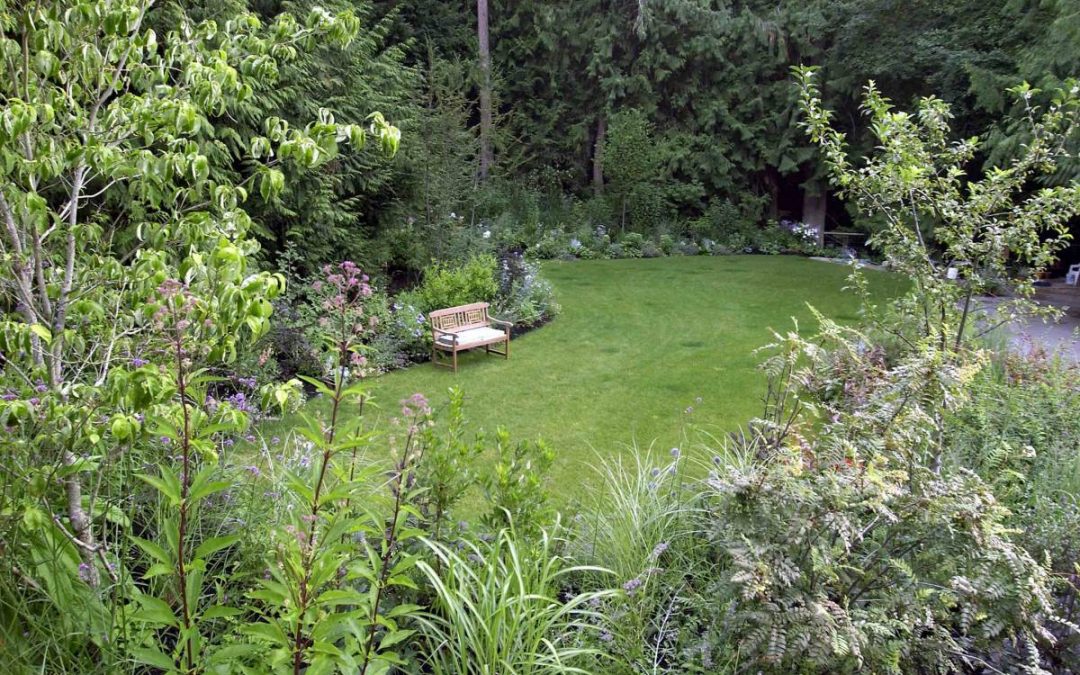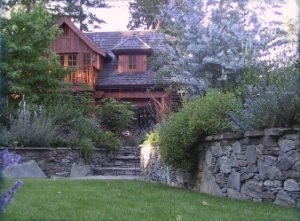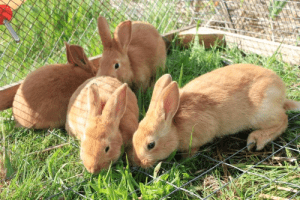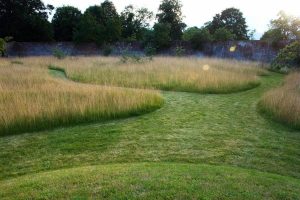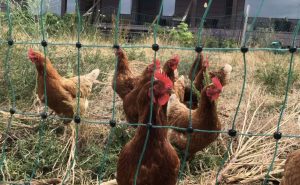Why do we love our lawns?
The use of lawns within our communities has a deep history within our human habitat. As hunter-gatherers, we noticed that vast savannas made it much easier to track and hunt wildlife. In 1159 there are reports of a technique used in Japan called sodding (noted in a book called ‘Sakuteiki”), here sod would be harvested by hand from older established livestock grazed areas.
If we move forward into the 1700s we see that low growing perennial grasses were defoliated regularly by animals grazing or cut using hand scythes. These areas were often established by wealthy landowners around castles or fortresses to allow for unobstructed views of the surrounding lands and provide grassland for livestock.
In 1870 Edwin Beard Budding made the first mechanized mower, which set the stage for lawns in North America subdivisions Central Park in New York was one of the first public spaces that highlighted how open lawns could be integrated into public spaces.
During the 1950s and 60s, pesticides and herbicides production was developed for use with turfgrass. There use has been promoted ever since leading to a global industry generating over 2.6 billion US dollars annually.
The effects that lawns had on our landscape have been profound, while we have embraced and enjoyed the quiet, green space that this creates, we have inadvertently added high maintenance, potentially toxic element. Modern turfgrass varieties are narrow or limited in terms of their range of species, and we are essentially are creating a mono-crop system over much of our landscapes. We only need to look at our current agricultural system to see that while mono-crops make sense for a mechanized production model, nature and our ecosystem are complex and don’t function well in this setting. Relying on synthetic fertilizers, herbicides, and other inputs (labour and the use of power mowers) sets the stage for further degrading our ecosystems within our property lines.
Another effect that is given less attention is the destruction of habitat caused every time one cuts your grass. Grasses support many different forms of insects, these long blades of like plant versions of skyscrapers providing multiple layers of habitat.
So how can we break free of our addiction to lawns and provide not only a better, richer habitat for our insect friends while saving time and money?
Some of these strategies depend on our context, do you live in an urban lot or on acreage?
Let’s look at both.
Urban settings:
-Stop applying any synthetic fertilizer or herbicide to your lawn. These harmful products kill soil organisms. These soil organisms are responsible for delivering nutrients to your plants. If we destroy the soil organisms, we are dependent on these harmful products to deliver nutrients. Apply high-quality compost as an alternative, be mindful of the amount you apply, 1/4-1/2″ is plenty and won’t smother your existing lawn.
-Raise your mower height. By increasing the blade height of your lawn, you will increase the root depth of these plants. Your lawn will increase its resilience and ease the effects of cutting on your lawns inhabitants.
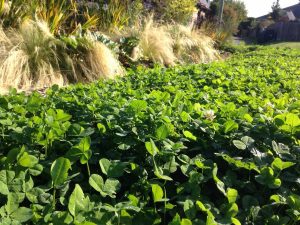
neighbouring turf. There are a number of other turf seed alternatives that you can check out on West Coast seeds website. These are tailored to fit your goals, such as enhancing pollinators’ habitat and in particular bees.
-Use Rabbits to cut your grass. Use hybrid rabbits (not wild) within a rabbit “tractor” that you move across your landscape as the lawn is chewed. If that isn’t enough, rabbits leave a trail of fully composted manure that feeds your lawn.
Acreage setting:
In addition to the above advice, you can also include,
-Allow portions of your lawn to fully express themselves. In other words, allow some of your grass to come into flower before cutting it. This is a technique I first witnessed in English parks where pathways 4-6′ wide, were cut in large lawn areas to allow for foot traffic flow while providing a meadow-like appearance.
-Use small animals to build soil, control insects (chickens love bugs) and create small disturbances in your pasture or lawn, which will provide opportunities for new grasses or forbes to establish.
Lawns provide us with some quite green space that we can use for recreational purposes. These don’t have to be degraded zones within our landscapes. We can all do our part to enhance the ecosystem within our property lines while meeting our own needs.
Sources:
https://www.yourgreenpal.com/blog/every-wonder-about-the-history-of-lawns
https://www.grandviewresearch.com/industry-analysis/artificial-turf-market
http://pocketpause.com/all-wire-rabbit-tractor-for-safely-pastured-rabbits/
Dan Pearson Studio-Oxforshire, England
Jamie Wallace
Co-owner of Jaan Designs
Regenerative land designer, contractor and educator

